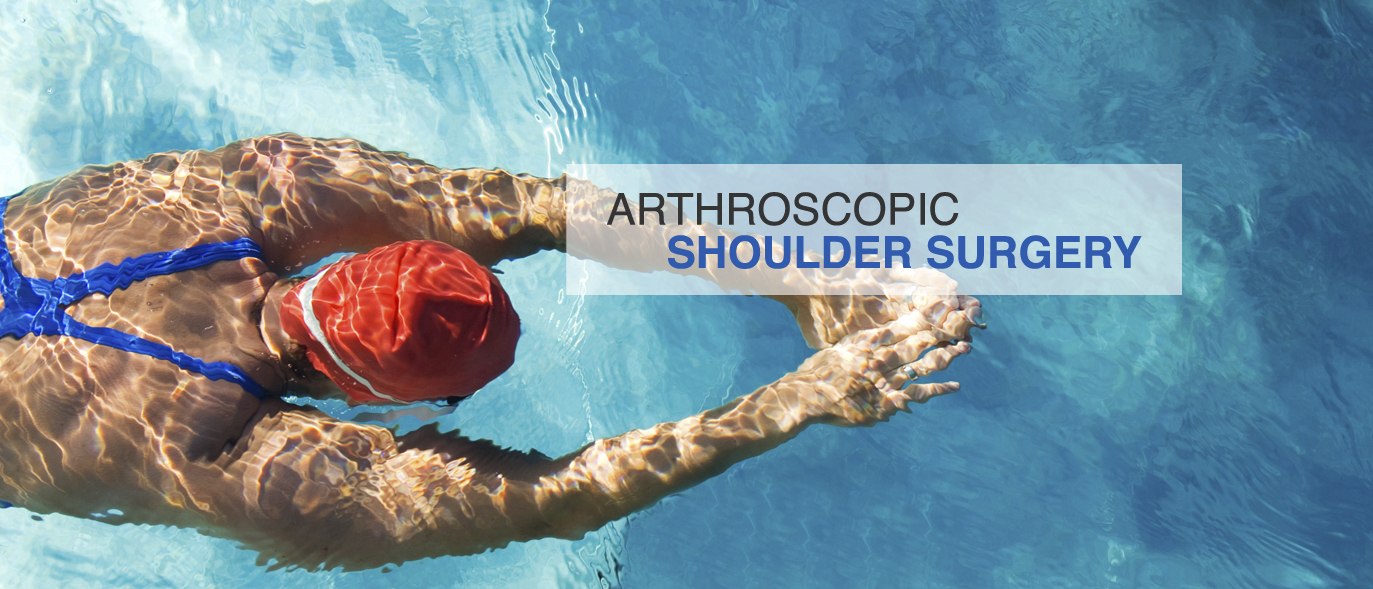Acromioclavicular Joint Injury
- Acromioclavicular Joint Instability (shoulder seperation)
- Acromioclavicular Impingement
Acromioclavicular joint instability occurs secondary to an acute injury. Several mechanisms of injury have been described. Patients often have a history of falling on the point of their shoulder. For example falling while cycling, skiing, or in football. Initial symptoms are pain over the acromioclavicular joint, acute swelling, and depending on the joint injury magnitude, and obvious bone prominence at the acromioclavicular joint. The bone prominence represents the ligament injury allowing for the clavicle (collar bone) to protrude upward. Often patients initially experience difficulty raising their arm. Over the following few weeks range of motion usually returns to normal. The remaining bone prominence is dependent on the magnitude of the ligament injury to the joint. Historically six types of acromioclavicular joint separation have been described. Most acromioclavicular joint injuries can be treated conservatively with ice, rest, anti-inflammatory medication, and physical therapy. Persistent feelings of weakness, instability, or excessive bone prominence may require surgery.
Acromioclavicular joint impingement may be secondary to acromioclavicular joint instability or may be an isolated problem. Acromioclavicular joint impingement refers to narrowing of the acromioclavicular joint (rubbing between the clavicle and scapula) and/or irritation of the underlying rotator cuff by the distal clavicle bone prominence. Acromioclavicular joint impingement symptoms often mimic rotator cuff impingement symptoms (see rotator cuff injuries). Acromioclavicular joint impingement may be treated with anti-inflammatory medication, steroid injection, or arthroscopic surgical intervention.







